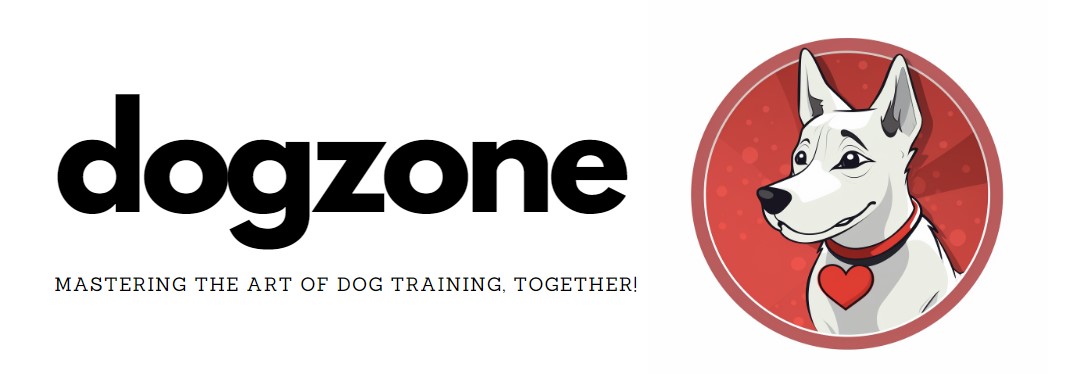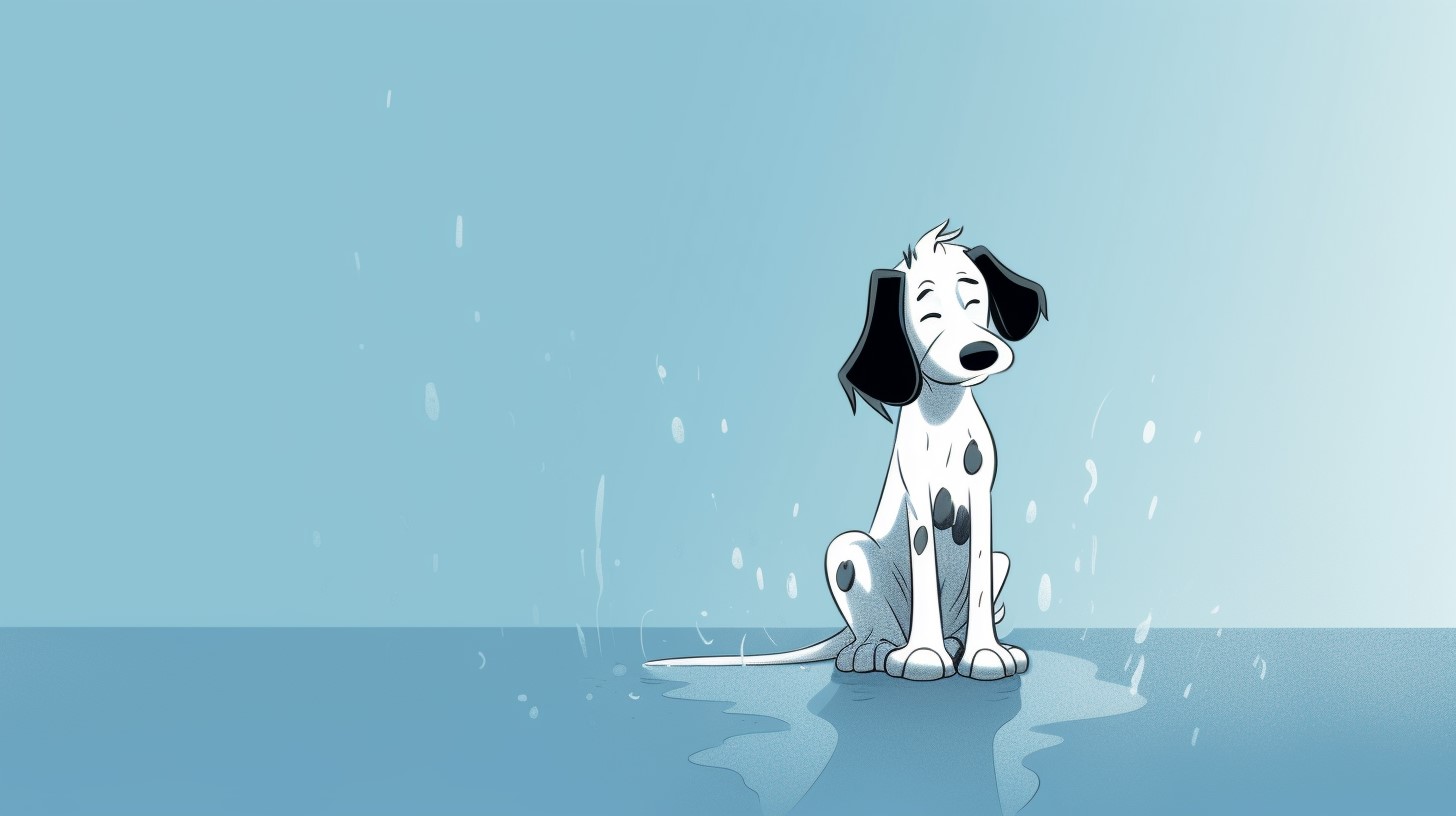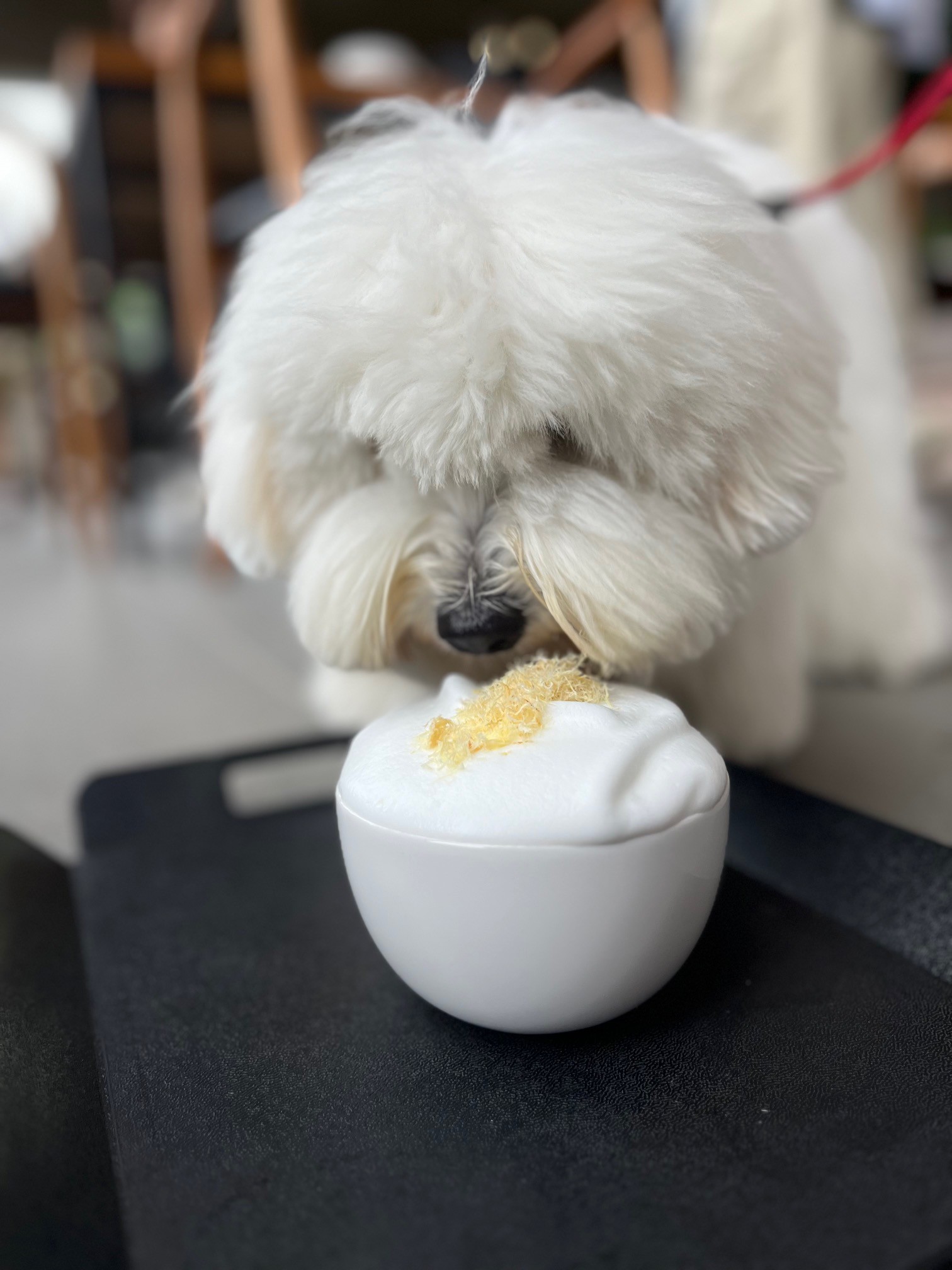Are you worried your puppy has secret pee party plans while you’re away at work?
And if they pee, where might it be?
Your Persian rug, prized pot plant, or worse, right on your favourite pillow?
In this article we’ll cover how long dogs can go without peeing, and what you can do to avoid any wet smelly pillows.
We’ll discuss rules of thumb to help you gauge how long your dog can go without peeing, factors which cause your dog to pee more frequently, and also illnesses which affect our dog’s toilet habits.
How long can an average dog go without peeing?
On average, a healthy adult dog can go 8 to 10 hours without needing a pee or poo.
However, it is recommended you treat 8 hours as the absolute maximum, and even this may cause your dog discomfort if they’re eaten or drank a lot.
8 hours should mean you can get a good night’s sleep without worrying, or hopefully have just enough hours to crank out your hours in the office.
This is assuming your dog doesn’t suffer from the other old time-related chestnut – boredom induced destructiveness.
How long can a puppy go without peeing?
There’s a simple rule to determine how long your puppy can go without peeing:
1 hour for every 1 month of age.
You can add another one or two hours at a stretch, but you’re chancing it.
For example:
- A 3 month old puppy can go without peeing for 3 to 5 hours (most likely 3 hours).
- A 6 month old puppy can go without peeing for 6 to 8 hours.
- An 8 month old puppy can go without peeing for 8 to 10 hours (but always try and keep 8 hours the maximum).
This rule applies to a puppy up to 8 months old. After that, the length of time they can go without peeing should be 8 to 10 hours.
How often should your dog pee?
There’s a general rule for this too, and assuming your dog is a healthy adult dog, you should allow them to relieve themselves between 3 to 5 times per day.
The exception to the rule – older dogs or sick dogs
Just like us, as our dogs get older their bladder becomes weaker. Sick dogs, such as those suffering urinary-related illnesses, will have less control over their bladder.
If your dog is in the adult life stage and you notice their toilet habits are becoming more frequent, then it is recommended you speak with your veterinarian. Vocalisation, such as whining by the door, or changes in appetite may also indicate an underlying issue.
Understanding your dog’s specific toilet needs
Your dog’s bladder capacity isn’t the same as yours. The 8 to 10 hours rule of thumb can be affected by various factors, and these will determine how long your dog can go without peeing:
Breed-specific factors
Your dog’s breed plays a significant role in determining their bladder endurance.
Small breed dogs may need more frequent bathroom breaks, and this may be every 3 to 4 hours. Large breed dogs can usually hold their bladder much longer.
Interesting fact – Working dog or guard dog breeds tend to have better bladder control, and can often go 10 to 12 hours without peeing.
Diet
Diet is often overlooked when it comes to the toilet habits of our dogs.
The type of diet, such as dry, wet, or raw, can vary your dog’s need to pee significantly. A poor diet (such as a wheat or cereal-based dog biscuit) can cause your dog gastrointestinal discomfort, or gut ache, which means they need to wee and poo more regularly. This is because their digestive system struggles to digest such a food, and this can cause short term pain or long term illness.
The amount of water your dog drinks will also affect how long they can go without peeing. Certain foods can give a dog excessive thirst, whereas others provide just enough moisture to stay hydrated.
Many dog owners notice a change in toilet habits when changing their dog’s diet.
Health and hydration
Your dog’s overall health and hydration levels will affect their need to pee.
A well-hydrated dog will obviously need to pee more frequently, but you should consider this a good thing. A well-hydrated dog is a healthier dog.
If you live in a hot or humid area of Australia, your dog may naturally drink more, and also pee more.
Illness or diminishing health often cause your dog to urinate or poo more often, and any sudden changes in toilet habits should be discussed with your vet as a precaution.
Age and development
As discussed earlier, up to 8 months old a puppy will need more frequent toilet breaks, with 1 hour for every 1 month of age the general rule of thumb.
As your dog gets older, their bladder will inevitably become weaker, meaning you must allow them more frequent toilet breaks. Sometimes illness can affect an older dog’s need to pee, so speak with your vet if you have any concerns.
Individual variations
You already know your dog is unique, and the individual toilet habits of our unique dogs are also unique. Some dogs need to pee more often, whereas others seem to have a bladder of steel.
There are no scientific answers for these variants, and sometimes it may be more related to habit than biology. Sometimes, therefore, training your dog to pee less frequently may be possible.
Training and scheduling
Dogs respond to routine and habit, which means it’s possible (to an extent) to train them to pee at regular intervals.
Any puppy owner should train their dog to pee on command. This is easily done by saying a command word such as “pee” or “wee” when they naturally urinate, then reinforcing with a combination of praise and/or a treat. This will allow you to command your dog to pee before you go to bed or before you go to work, and once again once you wake up or return home.
Consistent potty training and sticking to a regular bathroom break schedule will offer you success in improving your dog’s bladder control over time.
How to know when your dog needs to pee
Our dogs communicate the need to pee with various signs. Some more subtle than others.
Here are the most common signs your dog needs a pee:
- Restlessness and pacing.
- Sniffing the ground or circling.
- Whining, whimpering, or barking.
- Frequent and intense sniffing of objects or the floor.
- Sudden and excessive licking of their genital area.
- Scratching or pawing at the door.
- Waiting patiently by the door.
Top tips to stop your dog peeing in the house while you’re out
Using an indoor litter box, a doggy door to the back yard, or enlisting the help of a neighbour or local dog walker are all good ideas if you work long hours.
An external webcam/baby monitor can help put your mind at ease while you’re at work, especially those which allow you to talk and reinsure your dog via a speaker.
If you have an iPad, download a baby monitor application and sit the iPad plugged in in the corner of the room your dog stays while you’re out.
Related: Boredom busters – highly recommended if you need to leave your dog for long hours.
How to get your dog to pee regularly (or less regularly)
Below are some useful tips to help your dog get into good peeing habits or pee less regularly:
Routine
Dogs thrive on routine.
Take your dog out for bathroom breaks at the same time each day, such as after waking up, after meals, and before bedtime.
Use a designated area
Choose a specific spot in your yard or on your walk where you’d like your dog to go. Consistency helps reinforce the behavior.
Praise and rewards
When your dog pees in the right spot, offer praise and treats as positive reinforcement. This helps them associate the designated area with a positive experience.
Use patience!
Be patient and understanding, especially with puppies. It takes time for them to learn bladder control and understand where it’s appropriate to pee.
Monitor water intake
Control your dog’s water intake, especially in the evening, to avoid overnight accidents.
Watch for signs
Pay attention to your dog’s cues. If you notice signs of restlessness, sniffing, or circling, take them outside immediately.
Leash training
When leash training, keep your dog on a leash to guide them to the designated spot. This reduces distractions and reinforces the purpose of the outing.
Consistency with verbal commands
Use a consistent verbal cue like “go potty” or “do your business” while your dog is eliminating. Over time, they’ll associate this cue with the action.
Hire a dog trainer!
If your dog continues to have trouble with peeing or displays unusual behavior, find a local (and reputable) dog trainer to either offer guidance or help train your dog.
How much should a dog pee? (In mililitres)
A healthy adult dog will urinate, on average between 1 to 2 milliliters (ml) of urine per kilogram (kg) of body weight during a single urination.
For example, if you have a smaller breed of around 10kg, they will likely urinate 10 to 20ml of urine in one sitting (or leg cocking).
A 20kg dog should urinate between 20 to 40ml, and a 30kg dog between 30 and 60ml – enough to get a tree stump significantly wet.
The variations discussed earlier will affect how much your dog urinates, such as age, hydration level, and health.
What illnesses cause a dog to pee more frequently?
Illnesses which affect how often your dog can go without peeing often involve the urinary system, but hormonal imbalances and other underlying health problems can cause more frequent peeing.
Below are common causes of a dog needing to pee more frequently:
- Urinary Tract Infections (UTIs) – These are bacterial infections in the urinary tract which can lead to increased urination, and often discomfort or pain.
- Diabetes – Both Type 1 and Type 2 diabetes can cause excessive thirst and increased urination in dogs due to elevated blood sugar levels. Poor quality dog foods can cause diabetes, so it is important to consider your dog’s previous diet, and also their current diet.
- Cushing’s Disease (Hyperadrenocorticism) – This is a hormonal disorder, and results in an overproduction of cortisol – a stress hormone. This often leads to increased urination and drinking.
- Kidney Disease – Chronic kidney disease can reduce the kidney’s ability to concentrate urine, causing increased urination and excessive thirst.
- Liver Disease – Liver issues can disrupt a dog’s metabolic processes and lead to changes in urination.
- Bladder Stones or Crystals – The presence of bladder stones or crystals can irritate the bladder, causing frequent urination.
- Prostate Problems (in males) – Enlargement or infection of the prostate can lead to difficulties with urination and increased frequency. This will occur more often in older male dogs.
- Hypercalcemia – Elevated levels of calcium in the blood can affect kidney function and result in increased urination.
- Certain Medications – Some medications may have increased urination as a side effect.
Remember: If your dog begins to pee more frequently, or irregularly, then this may be a sign of one of the health issues mentioned above. It would be worth speaking with your veterinarian and having booking your dog in for a proper diagnosis and treatment.
The information in this article is based on my experience training dogs, cross-referenced with advice from experts and other certified dog trainers.
In conclusion, there’s no one-size-fits-all answer to the question of how long your dog can go without peeing. It depends on their breed, age, health, and unique characteristics.
By understanding your dog’s needs and being attentive to their signals, you will be able to ensure their comfort and well-being.



Leave a Reply